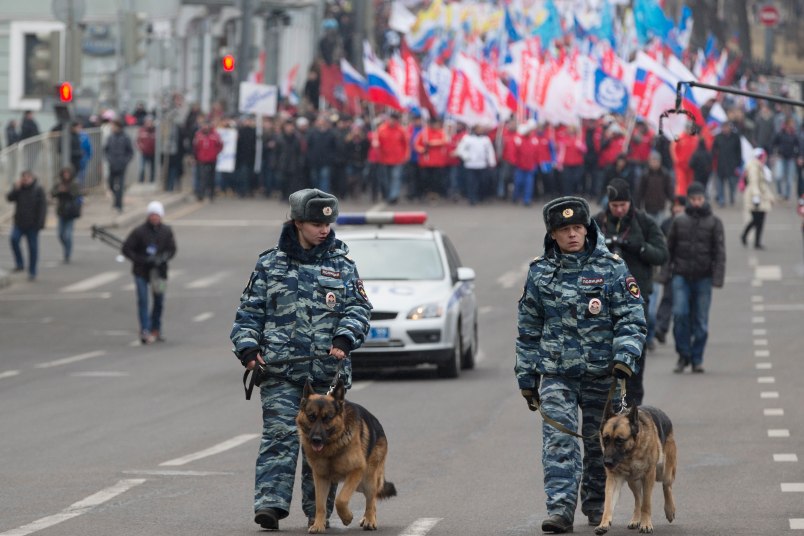(The following is the first in a series of guest posts on the on-going crisis in Ukraine.)
NATO Ambassadors will meet tomorrow for the second time in 48 hours, this time at the request of Poland, which invoked Article 4 of the NATO Treaty in order to convene the meeting. What does this mean? And what should the 28 NATO Allies decide to do?
Article 4 provides for consultations of the NATO members “whenever, in opinion of any of them, the territorial integrity, political independence or security of any of the Parties is threatened.” Such consultations are rare—this would be only the fourth time they have happened. The last time was in 2012, following the Syrian shoot-down of a Turkish fighter over the Mediterranean. After Ankara invoked Article 4, NATO issued a strong statement condemning the action and reaffirming the Allies’ commitment to the defense of Turkey. Subsequently, NATO agreed to deploy Patriot missiles to Turkey in order to bolster defense of its territory and airspace.
The decision by Poland to invoke Article 4 indicates that Warsaw—along with the three Baltic Allies—is concerned that developments in neighboring Ukraine poses a threat to its security. This is understandable, given the fact that Russian President Putin not only sought (and received) authorization to use its armed forces throughout Ukraine, but has justified this move in terms of the need to protect “Russian-speaking” people—many of which reside in other parts of eastern Europe.
Although a meeting under Article 4 is itself a powerful statement of the Alliance’s continued commitment to ensure the security of all its members against armed threats and attack, NATO can and should do more. The Allies should make clear that they stand fully behind the defense of Alliance territory—and will respond forcefully to any armed attack on a NATO member state. To underscore that stance, the Allies should urge the NATO military authorities to reinforce the defense of Allied territory in Eastern Europe, through the deployment of additional aircraft and ground forces in Poland and the Baltic states. Such deployments would not only underscore that NATO takes its collective defense obligations seriously, but also send a signal to Russia that it is monitoring the situation very closely.
Since the Alliance has already expressed its concern about developments in Ukraine and called on Russia to return its forces to their bases, there is no need to directly address the situation there again. The reinforcements of military forces close to Ukraine’s borders would speak for themselves.
Ivo H. Daalder previously served at the United States Permanent Representative to NATO (2009-13). He is currently President of the Chicago Council on Global Affairs.






